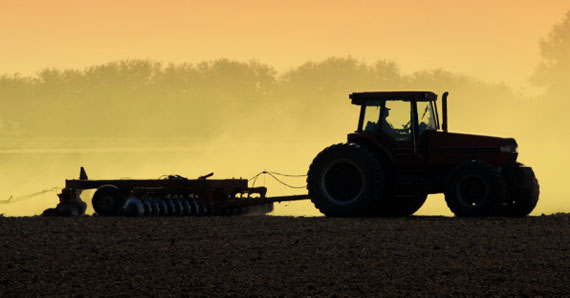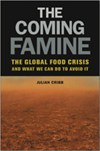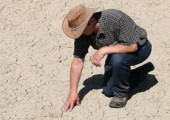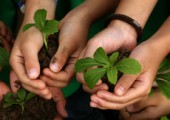
Our farmlands are shrinking
Author | Julian Cribb
Today almost a quarter of the world’s farm land is affected by serious degradation (FAO 2008), up from 15% two decades ago.
Though no-one has done an accurate assessment, it appears the world may currently be losing about one per cent (50,000 sq kms) of its farmland annually – due to a combination of degradation, urban sprawl, mining, recreation, toxic pollution and rising sea levels.
If we’ve already lost 24% and we lose around 1% a year from here on in, you can figure out for yourself how much land our grandchildren will have left to double their food supply double their food supply. That the world may be close to ‘peak land’ is suggested by the UNEP graph at left.
In 1900 every human had 8 hectares of land to sustain them – today the number is 1.63 and falling. Put another way, between 1990 and 2005, world demand for food grew 15 times faster than the area of land being farmed.
By 2050 the total area of farm land buried under cities may exceed the total landmass of China, and the total area of land diverted to recreation and other non-food activities may rival that of the United States. This is nearly all prime farm land in river valleys and on coastal plains.
Many of these cities will have 20, 30 and even 40 million inhabitants – yet little or no internal food production capacity. They will be in huge jeopardy from any disruption to food supplies.
Julian Cribb is an award winning science writer with over 7000 published articles. He is a Fellow of the Australian Academy of Technological Sciences and Engineering (ATSE) and principal of Julian Cribb & Associates, consultants in science communication.
His book ‘The Coming Famine’ is about the global food crisis.






